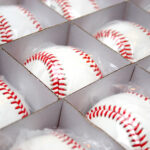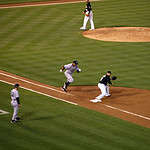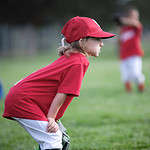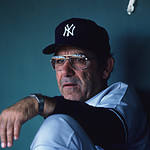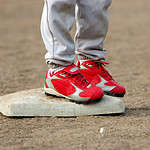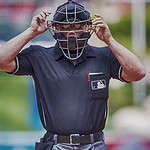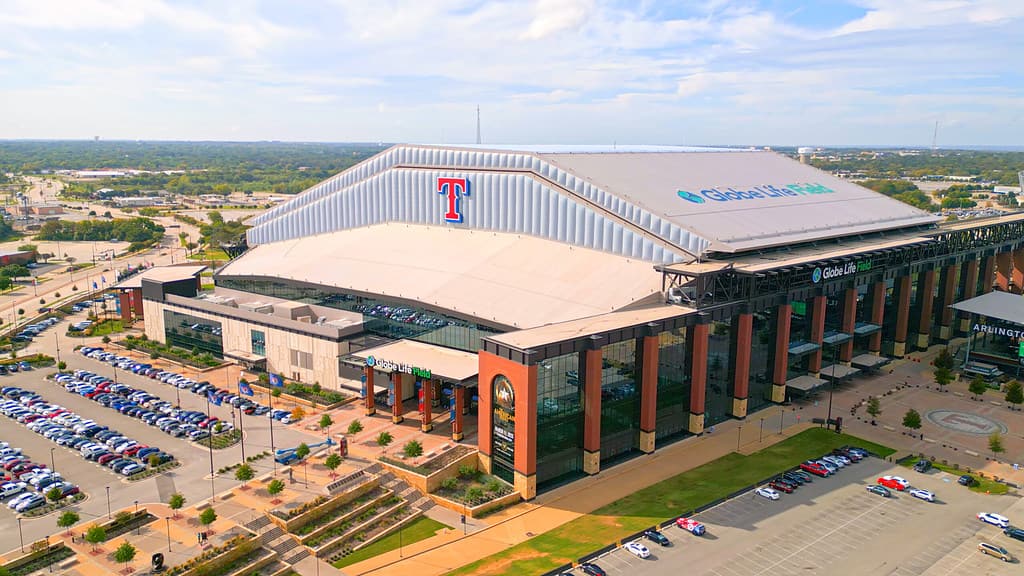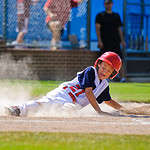Foul balls are a common occurrence in baseball games. They are hit by batters and can land anywhere in the field. While some foul balls are harmless, others can be quite dangerous. In this article, we will explore what is considered foul in baseball and the rules surrounding it.
In baseball, a foul ball is any ball that is hit outside the foul lines. The foul lines run from home plate to the outfield fence and mark the boundaries of fair play. If a ball is hit outside these lines, it is considered a foul ball and is not playable. The batter is allowed to continue hitting until they either hit a fair ball or strike out.
Foul balls can be hit in any direction and can be caught by any fielder. However, if a fielder catches a foul ball, it is considered an out only if the ball is caught before it touches the ground or any object outside the field of play. If the ball is caught after it has touched the ground or an object outside the field of play, it is considered a foul ball and the batter continues to hit.
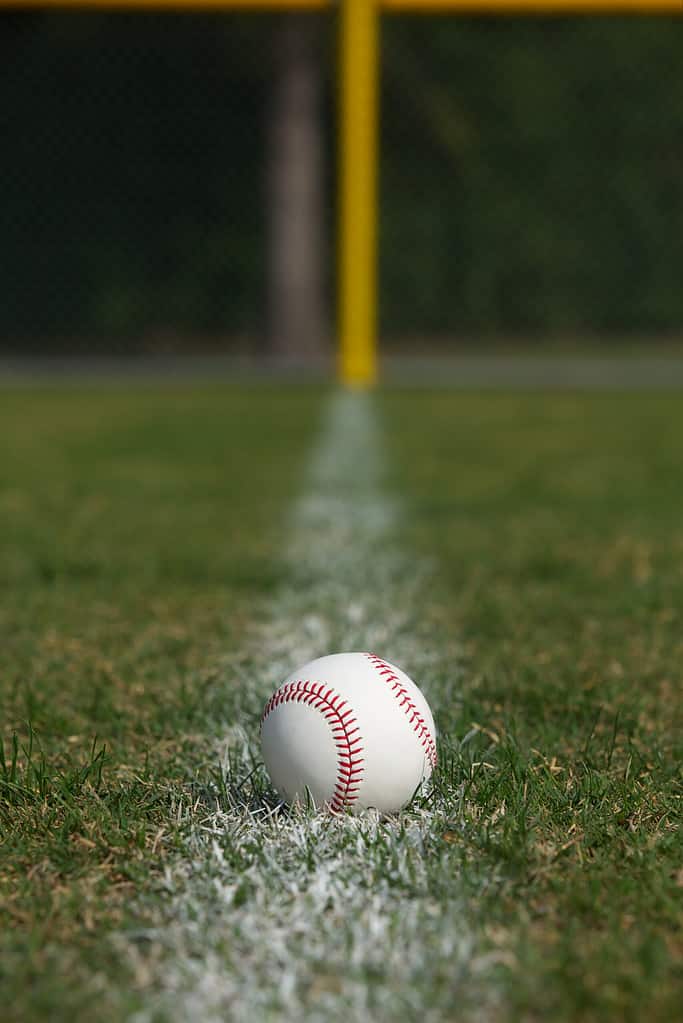
What is Foul in Baseball?
In baseball, a foul ball is a batted ball that lands outside the foul lines, which define the boundaries of the field of play. A foul ball is considered dead, which means that the ball is not in play and runners cannot advance.
If a batter hits a foul ball with two strikes, it is considered a strikeout. However, if a fielder catches the ball, it is considered an out, regardless of the number of strikes.
Home plate is considered part of fair territory, which means that a ball that touches any part of the plate is a fair ball. However, if a batted ball hits the ground in foul territory before reaching first or third base, it is a foul ball.
Foul territory is any area outside the foul lines, including the area behind home plate and the area outside the outfield fence. A ball that lands in foul territory is considered a foul ball.
A batter who hits a foul ball is not penalized, and the count remains the same. However, if a batter intentionally bunts a foul ball with two strikes, it is considered a strikeout.
Umpires are responsible for determining whether a ball is fair or foul. They use the foul lines and foul poles to make their decision. A ball that hits the foul pole is considered a home run, while a ball that hits the foul line is considered a fair ball.
In summary, if a foul ball lands outside the foul lines, it is considered dead. Umpires are responsible for determining whether a ball is fair or foul. Their decision is final.
Foul Balls and Strikes
In baseball, a foul ball is any batted ball that lands outside of the foul lines, which are the white lines that extend from home plate to the outfield wall. A foul ball is considered a strike, but it does not count toward the three strikes that result in a strikeout.
When a batter hits a foul ball, the ball is considered dead, and play stops until the pitcher is ready to pitch again. it is an out if a foul ball is caught by a fielder.
Foul lines are an important part of the game, as they determine whether a batted ball is fair or foul. A fair ball is any batted ball that lands within the foul lines, while a foul ball is any batted ball that lands outside of the foul lines.
Foul poles are tall, vertical poles that are located at the outer edges of the field, near the foul lines. If a batted ball hits a foul pole, it is considered a home run, as long as it was above the height of the fence.
If a batter swings at a pitch and misses, it is considered a strike. If the pitch is in the strike zone and the batter does not swing, it is also a strike.
A foul tip is a batted ball that goes straight back to the catcher’s mitt after being hit by the batter. A foul tip is considered a strike, and if it is caught by the catcher, it is out.
In summary, foul balls and strikes are an integral part of baseball. They determine whether a batted ball is fair or foul and whether a batter is out or not. Umpires are responsible for making calls on these plays, and their decisions are final.

Foul Territory and Fair Territory
In baseball, the playing field is divided into two main areas: foul territory and fair territory. Foul territory is any area outside the first and third base lines, extending all the way to the outfield fence. Fair territory is the area inside those lines.
The purpose of dividing the field into these two areas is to determine whether a batted ball is in play or not. If a ball is hit into fair territory and lands within the boundaries of the field, it is considered a live ball and can be fielded by any player on the defensive team. If a ball is hit into foul territory, it is considered a dead ball and cannot be played by the defensive team.
Foul territory can vary in size depending on the ballpark, but it is usually larger than fair territory. This is because the infield is located entirely within fair territory, while the outfield extends into both fair and foul territory.
The outfield fence is also an important factor in determining whether a ball is in play or not. If a ball is hit over the fence, it is considered a home run. If it bounces off the fence or lands in front of it, it is still in play and can be fielded by the defensive team.
Fielders must be aware of the boundaries of both foul and fair territory in order to make plays on batted balls. Infielders must also be aware of the location of the baselines, as they are not allowed to touch a ball that is in foul territory unless it has already passed first or third base.
Overall, understanding the difference between foul and fair territory is crucial for both players and fans of the game. It can determine the outcome of a play and, ultimately the outcome of the game.
Outs and Advancements
In baseball, an out is recorded when a player on the offensive team is put out by the defensive team. There are several ways a player can be put out, including:
- Strikeout: When the batter swings and misses three times or fails to swing at three balls within the strike zone.
- Flyout: When a ball hit by the batter is caught by a fielder before it touches the ground.
- Groundout: When a ball hit by the batter touches the ground and is then caught by a fielder before the batter can reach first base.
- Tag out: When a fielder tags a runner with the ball while the runner is not touching a base.
- Force out: When a fielder touches a base before the runner who is forced to run to that base reaches it.
When a runner is put out, they must return to their team’s dugout. If there are runners on base when an out is recorded, they may advance to the next base if they were not forced to run to that base. However, if a runner is caught off base and tagged out, they must return to their previous base.
When a batter hits a ball that a fielder catches, it is called a caught ball. If there are runners on base, they must tag up, which means they must return to their previous base and wait until the ball is caught before attempting to advance to the next base.
A sacrifice fly is a type of hit where the batter hits a fly ball that is caught by a fielder, but allows a runner on third base to score. The batter is not credited with a hit, but is credited with a sacrifice fly.
In baseball, there are many rules that govern how runners can advance and how outs are recorded. Understanding these rules is crucial for players and fans alike to fully appreciate the game.
Foul Balls and Game Play
In baseball, a foul ball is a batted ball that lands outside the foul lines, which are located on either side of the playing field. A foul ball is considered part of the gameplay and can have both positive and negative consequences for the players and the game.
When a batter hits a foul ball, it is considered a strike if the batter has less than two strikes. If the batter has two strikes, a foul ball is simply considered a continuation of the at-bat. This is an opportunity for the batter to continue hitting until they get a fair ball or strike out. However, if a batter hits a foul fly that a fielder catches, it is considered an out.
Foul balls can also have negative consequences for the spectators. In some ballparks, there is no protective netting above the dugouts or behind home plate. This means that foul balls can potentially hit spectators, causing injury. In recent years, many ballparks have added more protective netting to prevent injuries.
The foul ball rule can also come into play when determining whether a ball is fair or foul. If a ball hits the foul pole or lands beyond the foul pole, it is considered a fair ball. If a ball hits the roof or any other object above the playing field and lands in fair territory, it is also considered a fair ball. However, if a ball hits the roof or any other object above the playing field and lands in foul territory, it is considered a foul ball.
Foul balls can also result in errors. If a fielder attempts to catch a foul ball and drops it, it is considered an error. This gives the batter an extra opportunity to hit the ball and potentially score runs.
In conclusion, foul balls are an integral part of baseball game play. They can have both positive and negative consequences for the players, spectators, and the game. It is important for players and spectators to be aware of the foul ball rule and to take necessary precautions to prevent injuries.
- UCLA Softball: Let’s Go Bruins! - February 12, 2024
- Youth Softball Helmet Buying Guide: Keep ‘Em Safe - February 12, 2024
- Youth Softball Pants: Our Top Picks for Your Top Player - February 12, 2024

